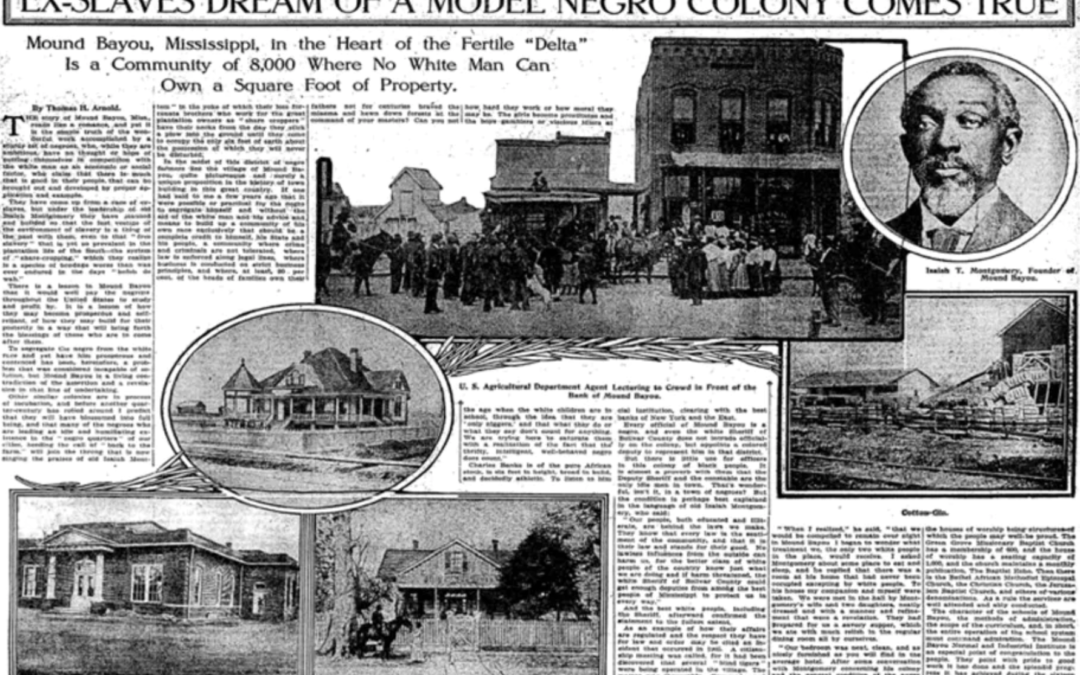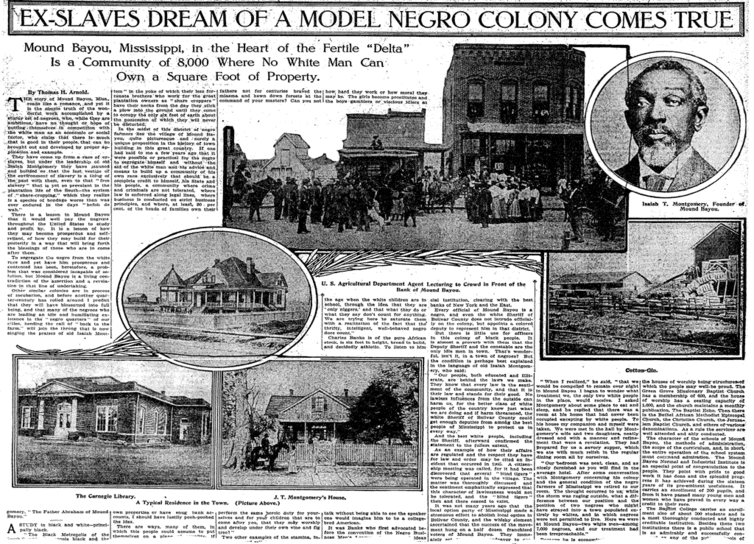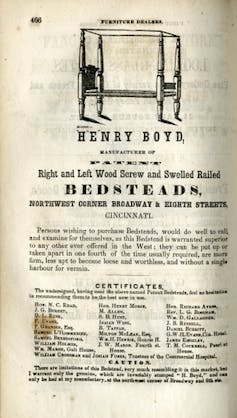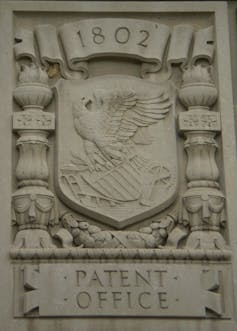
America’s always had black inventors, even when excluded from patents

SundayMagazine.org
America has long been the land of innovation. More than 13,000 years ago, the Clovis people created what many call the “first American invention” – a stone tool used primarily to hunt large game. This spirit of American creativity has persisted through the millennia, through the first American patent granted in 1641 and on to today.
One group of prolific innovators, however, has been largely ignored by history: black inventors born or forced into American slavery. Though U.S. patent law was created with color-blind language to foster innovation, the patent system consistently excluded these inventors from recognition.
As a law professor and a licensed patent attorney, I understand both the importance of protecting inventions and the negative impact of being unable to use the law to do so. But despite patents being largely out of reach to them throughout early U.S. history, both slaves and free African-Americans did invent and innovate.
Why patents matter
In many countries around the world, innovation is fostered through a patent system. Patents give inventors a monopoly over their invention for a limited time period, allowing them, if they wish, to make money through things like sales and licensing.
The patent system has long been the heart of America’s innovation policy. As a way to recoup costs, patents provide strong incentives for inventors, who can spend millions of dollars and a significant amount of time developing a invention.
The history of patents in America is older than the U.S. Constitution, with several colonies granting patents years before the Constitution was created. In 1787, however, members of the Constitutional Convention opened the patent process up to people nationwide by drafting what has come to be known as the Patent and Copyright Clause of the Constitution. It allows Congress:
“To promote the Progress of Science and useful Arts, by securing for limited Times to Authors and Inventors the exclusive Right to their respective Writings and Discoveries.”
This language gives inventors exclusive rights to their inventions. It forms the foundation for today’s nationwide, federal patent system, which no longer allows states to grant patents.
Though the language itself was race-neutral, like many of the rights set forth in the Constitution, the patent system didn’t apply for black Americans born into slavery. Slaves were not considered American citizens and laws at the time prevented them from applying for or holding property, including patents. In 1857, the U.S. commissioner of patents officially ruled that slave inventions couldn’t be patented.
Slaves’ inventions exploited by owners
During the 17th and 18th centuries, America was experiencing rapid economic growth. Black inventors were major contributors during this era – even though most did not obtain any of the benefits associated with their inventions since they could not receive patent protection.
Slave owners often took credit for their slaves’ inventions. In one well-documented case, a black inventor named Ned invented an effective, innovative cotton scraper. His slave master, Oscar Stewart, attempted to patent the invention. Because Stewart was not the actual inventor, and because the actual inventor was born into slavery, the application was rejected.
Stewart ultimately began selling the cotton scraper without the benefit of patent protection and made a significant amount of money doing so. In his advertisements, he openly touted that the product was “the invention of a Negro slave – thus giving the lie to the abolition cry that slavery dwarfs the mind of the Negro. When did a free Negro ever invent anything?”
Reaping benefits of own inventions
The answer to this question is that black people – both free and enslaved – invented many things during that time period.

One such innovator was Henry Boyd, who was born into slavery in Kentucky in 1802. After purchasing his own freedom in 1826, Boyd invented a corded bed created with wooden rails connected to the headboard and footboard.
The “Boyd Bedstead” was so popular that historian Carter G. Woodson profiled his success in the iconic book “The Mis-education of the Negro,” noting that Boyd’s business ultimately employed 25 white and black employees.
Though Boyd had recently purchased his freedom and should have been allowed a patent for his invention, the racist realities of the time apparently led him to believe that he wouldn’t be able to patent his invention. He ultimately decided to partner with a white craftsman, allowing his partner to apply for and receive a patent for the bed.
Some black inventors achieved financial success but no patent protection, direct or indirect. Benjamin Montgomery, who was born into slavery in 1819, invented a steamboat propeller designed for shallow waters in the 1850s. This invention was of particular value because, during that time, steamboats delivered food and other necessities through often-shallow waterways connecting settlements. If the boats got stuck, life-sustaining supplies would be delayed for days or weeks.
Montgomery tried to apply for a patent. The application was rejected due to his status as a slave. Montgomery’s owners tried to take credit for the propeller invention and patent it themselves, but the patent office also rejected their application because they were not the true inventors.
Even without patent protection, Montgomery amassed significant wealth and become one of the wealthiest planters in Mississippi after the Civil War ended. Eventually his son, Isaiah, was able to purchase more than 800 acres of land and found the town of Mound Bayou, Mississippi after his father’s death.
A legacy of black innovators
The patent system was ostensibly open to free black people. From Thomas Jennings, the first black patent holder, who invented dry cleaning in 1821, to Norbert Rillieux, a free man who invented a revolutionary sugar-refining process in the 1840s, to Elijah McCoy, who obtained 57 patents over his lifetime, those with access to the patent system invented items that still touch the lives of people today.
This legacy extends through the 21st century. Lonnie Johnson generated more than US$1 billion in sales with his Super Soaker water gun invention, which has consistently been among the world’s top 20 best-selling toys each year since 1991. Johnson now owns more than 80 patents and has since developed different green technologies.
Bishop Curry V, a 10-year-old black inventor from Texas, has already applied for a patent for his invention, which he says will stop accidental deaths of children in hot cars.
Black women are also furthering the legacy of black inventors. Lisa Ascolese, known as “The Inventress,” has received multiple patents and founded the Association for Women Inventors and Entrepreneurs. Janet Emerson Bashen became the first black woman to receive a patent for a software invention in 2006. And Dr. Hadiyah Green recently won a $1 million grant related to an invention that may help treat cancer.
True to the legacy of American innovation, today’s black inventors are following in the footsteps of those who came before them. Now patent law doesn’t actively exclude them from protecting their inventions – and fully contributing to American progress.
Shontavia Johnson, Professor of Intellectual Property Law, Drake University
This article is republished from The Conversation under a Creative Commons license.

